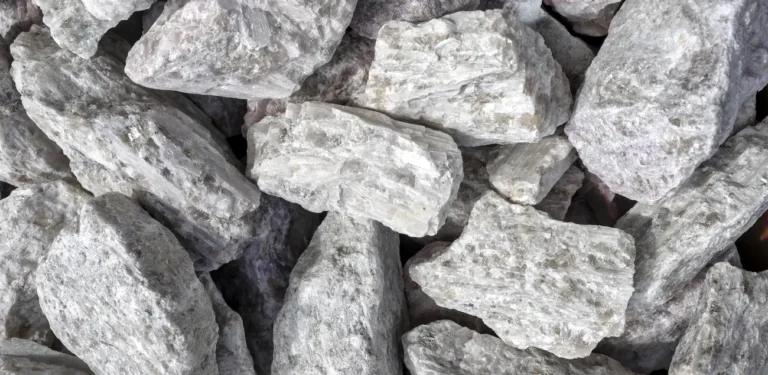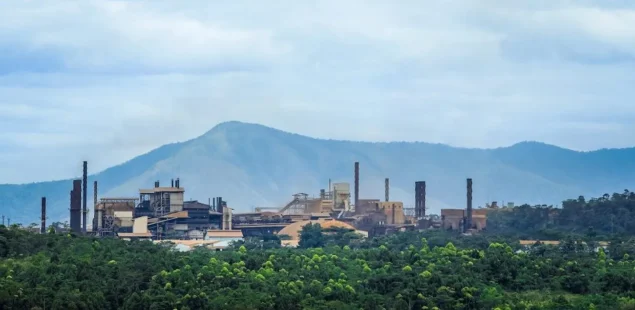
A looming global copper shortage could undermine the world’s efforts to expand clean energy and digital infrastructure, according to a new report from the United Nations Conference on Trade and Development (UNCTAD). The agency describes copper as “the new strategic raw material” essential for technologies ranging from electric vehicles and solar panels to AI infrastructure and smart grids. With demand set to surge by more than 40% by 2040, supply constraints are emerging as a critical bottleneck. UNCTAD’s Global Trade Update warns that meeting future demand may require $250 billion in investment and at least 80 new mining projects by 2030.
Over half of the world’s copper reserves are concentrated in just five countries—Chile, Australia, Peru, the Democratic Republic of the Congo, and Russia. Yet most of the value-added processing occurs elsewhere, particularly in China, which imports 60% of global copper ore and produces more than 45% of the world’s refined copper. This leaves many resource-rich developing countries stuck as raw material suppliers, missing out on the economic benefits of refining and manufacturing. UNCTAD highlights that tariff escalation—where duties on refined copper are low but rise sharply for finished products like wires and tubes—discourages investment in higher-value industries and locks countries into low-value roles.
Developing new copper mines is a slow and costly process, often taking up to 25 years from discovery to operation. Declining ore grades, geopolitical tensions, and complex permitting processes further complicate efforts to boost supply. UNCTAD’s report calls for smarter trade and industrial policies to help developing countries invest in refining, processing, and manufacturing, including strengthening infrastructure, building skills, and providing incentives for value-added production.
With primary copper supply struggling to keep pace, recycling is playing a growing role in meeting demand. In 2023, secondary sources supplied 4.5 million tons—nearly 20% of global refined copper output. The United States, Germany, and Japan are among the top exporters of copper scrap, while China, Canada, and South Korea are major importers. UNCTAD sees copper recycling as a strategic opportunity for developing countries to reduce import dependence, lower emissions, and support a more circular economy.
The report frames copper as a test case for how the global trade system will handle rising demand for critical materials under strain. Without coordinated trade and investment strategies, UNCTAD warns that supply will remain tight and many developing countries risk missing out on the benefits of the clean energy and digital revolutions.



